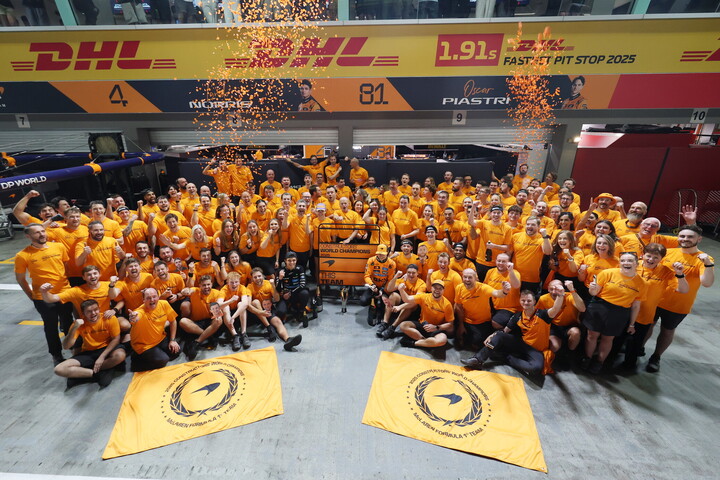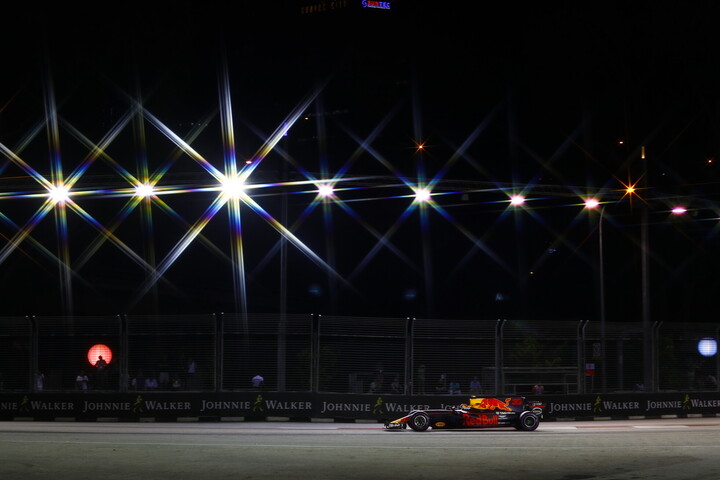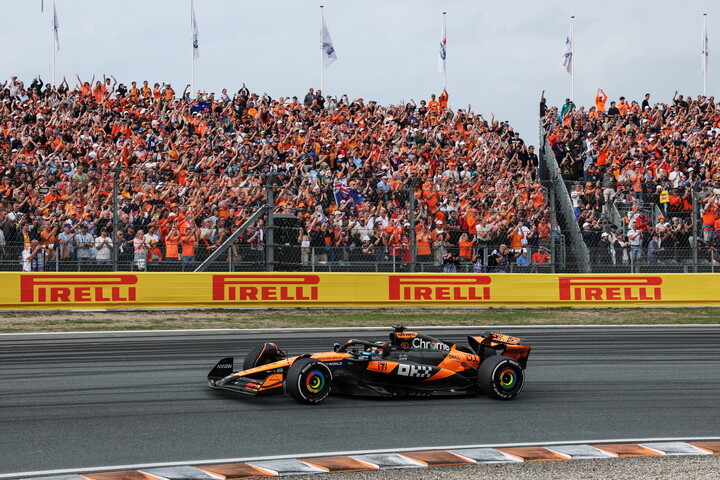Masks, silence and engines: Formula 1 is back

Spielberg, Sunday 5 July 2020, 3.00 pm. 20 cars line up on the grid at the Red Bull Ring for the start of the 39th Austrian Grand Prix. Those words could be the caption to any run of the mill photo taken at any one of the more than a thousand Formula 1 Grand Prix that have taken place. However, the build-up to this race was something special and, it is to be hoped, never to be repeated. 114 days earlier, Formula 1 and just about every other sport and social activity around the world, ground to a halt, shut down by the outbreak of the Covid-19 pandemic.

Let's rewind and go back to Friday 13 March at Melbourne's Albert Park circuit, where, one day earlier members of one team first tested positive for the virus. It was clear the race would not go ahead. Many spent a sleepless night, some in meetings with the FIA and F1, others contacting the authorities in their various countries and working on emergency logistical plans to get their personnel home from Australia. At daybreak, despite a lack of unanimity among the teams, the decision was taken and the race was cancelled. Some, including a few drivers, hadn't waited and had already packed their bags and headed for Melbourne's Tullamarine Airport to get on the first available flight back to Europe, worried that airports would close.

On Friday morning, fans were already arriving at the track, but the teams only sent in the personnel required to pack up all the cars and equipment for the journey home. At 10 in the morning, Chase Carey stepped up in front of the media and that was that, Formula 1 was also shut down.
Once all the teams were back at base, it became clear that the world's premier motor racing series was not just at risk of losing a season, there was a genuine fear it might not survive at all. The independent teams relied on the income generated from the races, while the manufacturer teams had to deal with the wider economic crisis affecting the motor industry. Many personnel were furloughed, while others simply lost their jobs and no one had the slightest idea when life might return to normal and racing resume once more.

At that point, the world of Formula 1 pulled off something truly remarkable. For once, egos, rivalries and suspicion were put to one side. Under the leadership of Chase Carey, generally regarded as impartial, and FIA President Jean Todt, known for not being swayed by anyone, the sport found a way. Prize money was paid in advance, the imminent new technical regulations were delayed until 2022, thus putting a freeze on almost all the cars that were already built, with a further reduction in the budget cap as from 2021, along with restrictions on wind tunnel use. These positive steps gave everyone a sense of perspective, even though the key to the sport's survival was to go racing again as soon as possible.
In late Spring in the northern hemisphere, the pandemic began to show signs of releasing its grip, thanks to a disciplined approach from people in all four corners of the world. A semblance of normality returned, even if sport was not a priority. Formula 1 never lost sight of its goal of organising a world championship with at least 15 rounds, enough to secure the revenue from television rights. This required everyone involved – teams, drivers, marshals, the emergency services, governing bodies and organisers – to submit to very strict health protocols to minimise the risk of infection, even if it would not be possible to eliminate it completely.

A new calendar began to take shape, based naturally enough in Europe. Red Bull made its circuit available to host two races, as did Silverstone and, in between those venues, Budapest offered to host one round. It was a start with the opening Grand Prix to be held at the Red Bull Ring on 5 July. And so it began, with personnel wearing masks in team colours, split into bubbles and sub-bubbles, all brought together by the desire to race. No spectators were allowed at the track and the silence was oppressive, but tens of millions of viewers tuned in to watch, keen for a distraction from the restrictions imposed on their daily lives. The same 20 drivers who should have raced in Melbourne four months earlier were ready for action. Valtteri Bottas won for Mercedes, followed home by Charles Leclerc in the Ferrari and Lando Norris in a McLaren. The real winner was Formula 1 itself, back in action against all odds, the first sport to escape Covid-19's grasp.

That Sunday was also important for something else that took place, as seen in our photo. While the Austrian national anthem was playing, all the drivers lined up on the grid wearing black T-shirts bearing the motto “No to Racism.” 14 drivers went further, kneeling to show their support for the “Black Lives Matter” movement, the other six remaining standing. It was a powerful example of how, under Liberty Media's ownership, Formula 1 was no longer holding the outside world at arm's length and that freedom of expression was now actively encouraged. But that's a story for another day.





